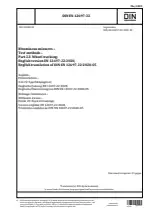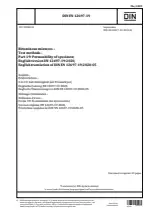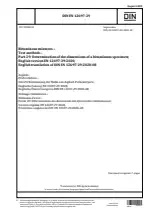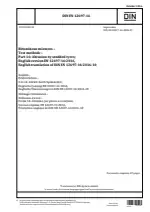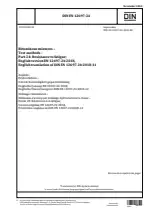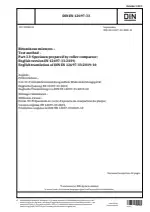Bituminous Mixtures - Test Methods - Part 22: Wheel Tracking
Also Known As:
The DIN EN 12697-22 standard specifies test methods for evaluating the susceptibility of bituminous materials to deformation under load. The test is designed for mixtures with a maximum sieve size of 32 mm. The standard is applicable to specimens that are either manufactured in a laboratory or cut from a pavement. These specimens are placed in a mold so that their surface is level with the top edge of the mold.
The test assesses the deformability of bituminous materials by measuring the rut formed by a loaded wheel as it passes over the specimen at a consistent temperature. There are three different types of devices that can be used for this test: large-size devices, extra large-size devices, and small-size devices. The large-size and extra large-size devices require the specimens to be conditioned in air during testing, while the small-size devices allow for conditioning in either air or water. It is important to note that the large-size and extra large-size devices are not suitable for use with cylindrical cores.
| Descriptors | Asphalts, Construction, Construction materials, Definitions, Determination, Finishes, Hot mix asphalts, Loading, Measurement, Mechanical properties, Pavements (roads), Physical properties, Rail grooves, Road construction, Strain, Test equipment, Testing, Tracks, Wheel tracking, Stress |
| ICS Codes | 93.080.20 - Road construction materials |
| Language(s) | English |
| File Size | 1.3 MB |

